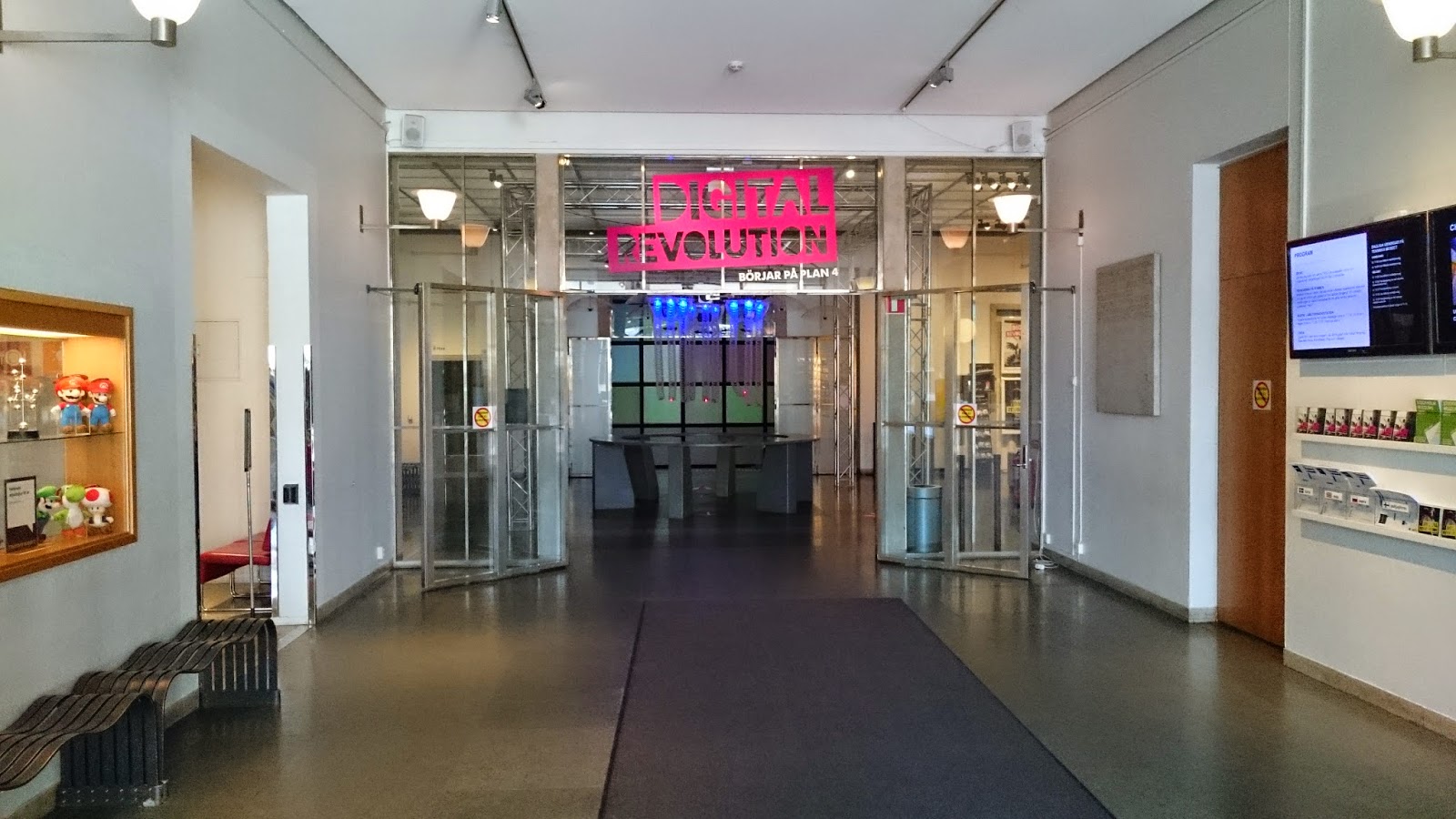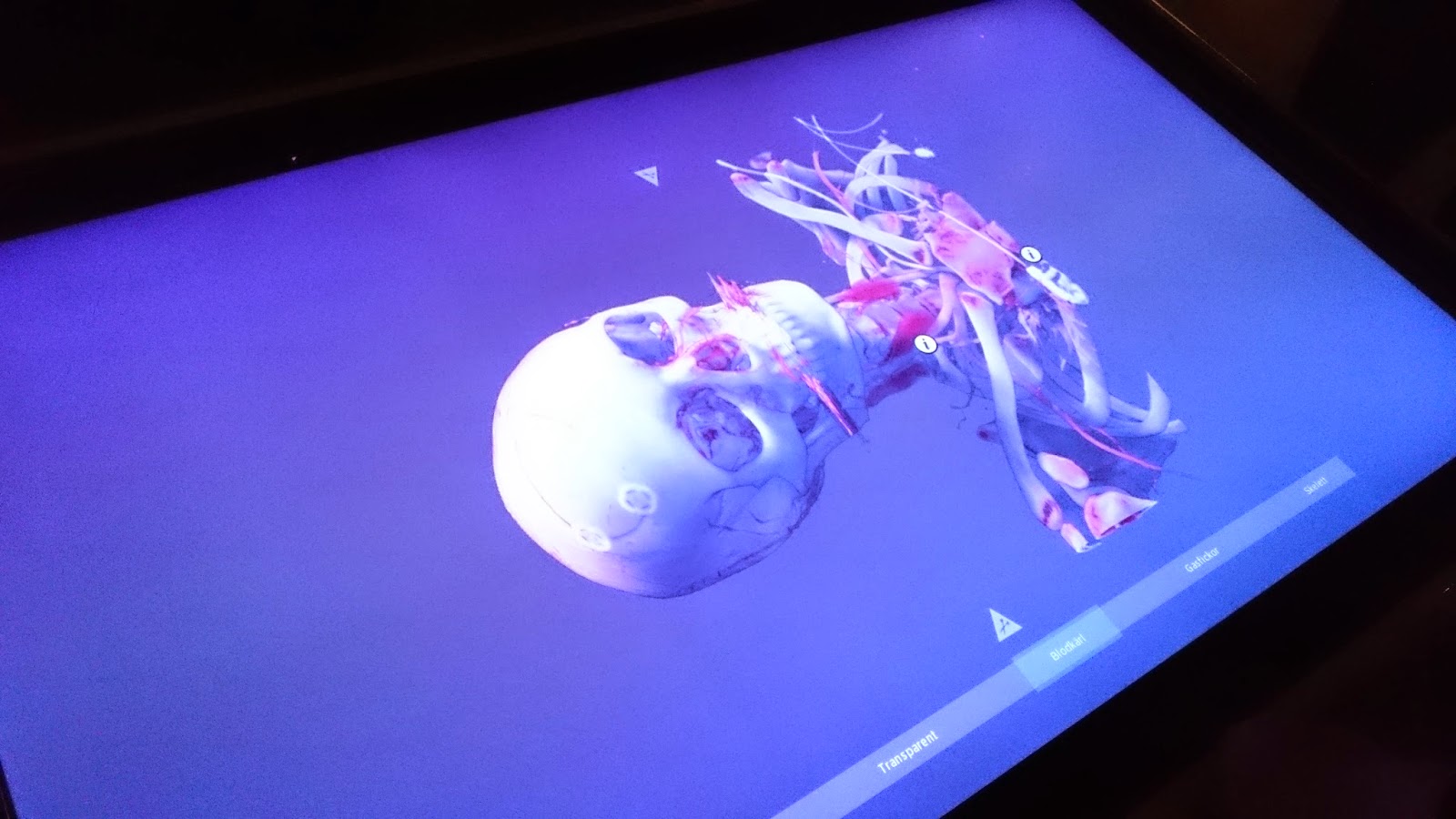It was concluded to use the app as a base, with some minor ideas from the robot prototype.
The app should have the following properties:
The app should have the following properties:
- Scan IR codes available at each exhibit that functions as a digital guide. More information can be obtained about each exhibit in that way.
- Show related exhibits and how they can be found.
- Google Maps street view should be used to be able to view some of the exhibits in directly in the phone (I think they have an SDK for that).
- It should keep track of what you have seen.
- In the end there should be a quiz on things that have been seen.
- Support for different languages should be available.
Possibly, the app could simulate a treasure hunt.







.JPG)




















